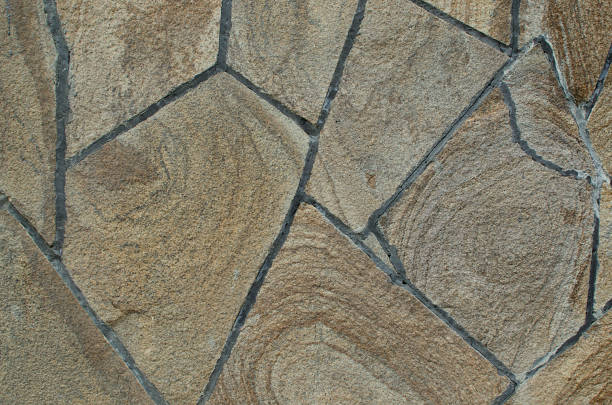In the dynamic world of architecture and design, innovation often arises from the fusion of tradition and technology. One such innovation that has captured the imagination of designers and architects alike is flexible stone veneer. This remarkable material combines the timeless elegance of natural stone with the flexibility and adaptability demanded by modern design challenges, offering a wealth of possibilities for both interior and exterior applications.
Unveiling Flexible Stone Veneer
Flexible stone veneer represents a significant advancement in the realm of architectural surfaces. Crafted from genuine natural stone, it consists of thin slices bonded to a flexible backing material, such as polymer resin or fiberglass. This ingenious construction imbues the veneer with the ability to bend, curve, and conform to a variety of surfaces and shapes, making it an incredibly versatile option for a wide range of design projects.
The Advantages of Flexibility
The primary advantage of flexible stone veneer lies in its ability to adapt to the unique contours and shapes of any space. Unlike traditional stone materials, which are rigid and inflexible, flexible stone veneer can be easily manipulated to cover curved walls, rounded columns, and other irregular surfaces. This flexibility opens up a world of design possibilities, allowing designers to create fluid, organic forms that were previously unattainable with solid stone.
Seamless Integration
Another key benefit of flexible stone veneer is its seamless integration into both interior and exterior spaces. Whether used as a feature wall in a residential living room or as a cladding material on the façade of a commercial building, flexible stone veneer adds a touch of sophistication and elegance to any environment. Its natural beauty and texture enhance the aesthetic appeal of the space while providing the durability and longevity associated with traditional stone materials.
Ease of Installation and Maintenance
In addition to its aesthetic versatility, flexible stone veneer offers practical advantages in terms of installation and maintenance. Unlike solid stone, which often requires specialized skills and equipment for cutting and installation, flexible stone veneer can be easily cut with standard tools and installed using adhesive. This simplifies the installation process, reducing labor costs and minimizing project timelines. Furthermore, flexible stone veneer requires minimal maintenance, typically only requiring periodic cleaning with soap and water to maintain its beauty and luster.
Sustainable and Eco-Friendly
Flexible stone veneer is also an environmentally friendly choice for architectural projects. Because it is composed of natural stone, it is inherently sustainable and recyclable, minimizing its environmental impact. Additionally, the lightweight nature of flexible stone veneer reduces transportation costs and energy consumption, further enhancing its eco-friendly credentials.
Conclusion: A New Era in Design
In conclusion, flexible stone veneer represents a new era in architectural design. By combining the timeless beauty of natural stone with the flexibility and adaptability of modern materials, it offers a versatile and sustainable solution for interior and exterior applications. Whether used to create stunning feature walls, elegant façades, or unique design elements, flexible stone veneer is sure to continue captivating designers and architects with its limitless possibilities for creative expression.




